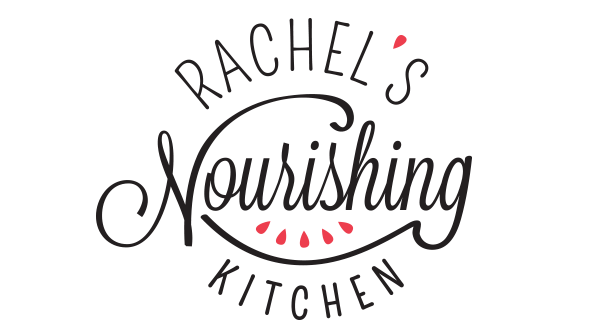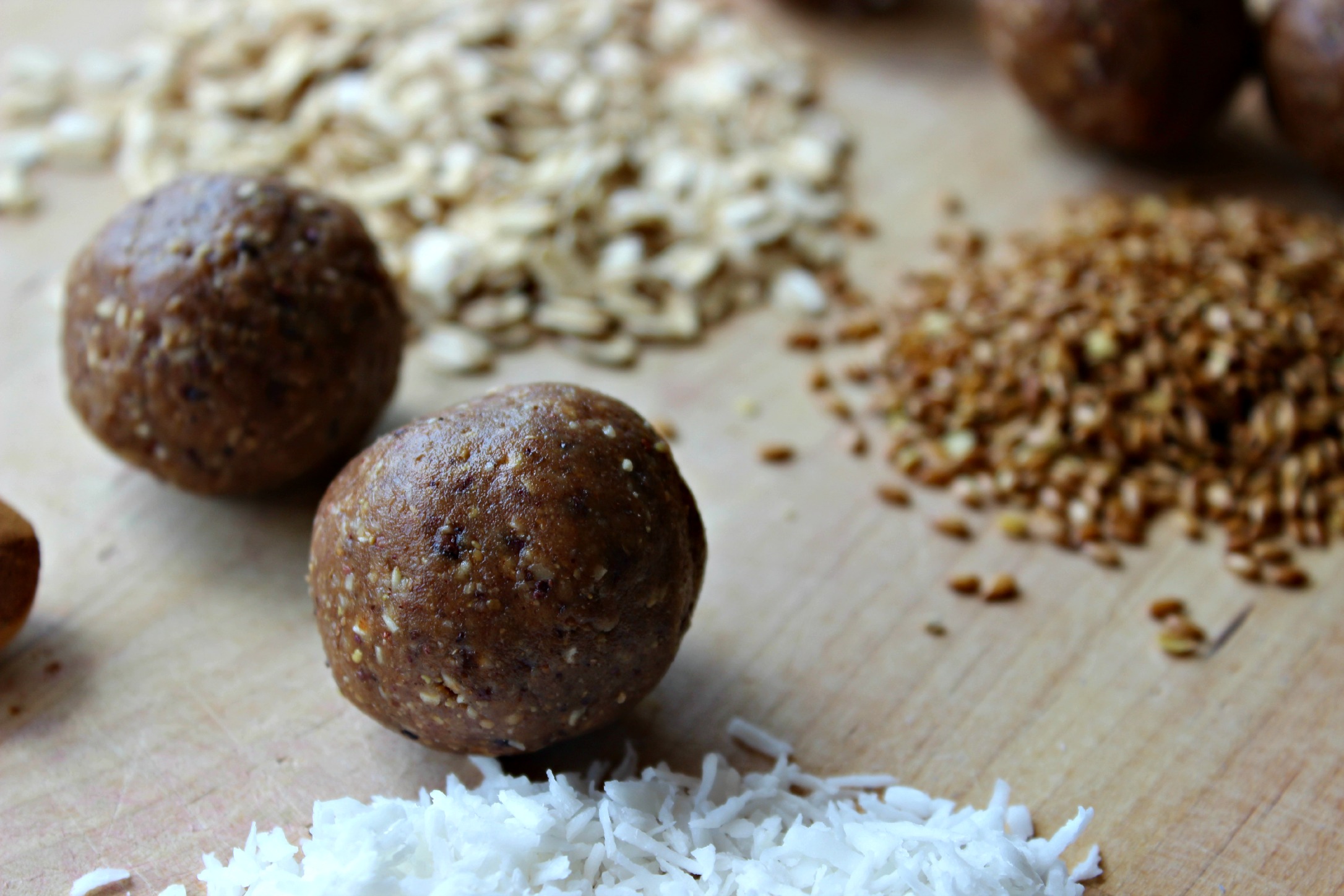The other day, Bill and I were hanging out with my brother, his wife and their two adorable kiddos, Braxton & Raleigh.
We are lucky to live so close to each other to be able to see our nephew and niece grow up.
We had just finished eating this Better-than-Takeout Chicken “Fried” Rice dish for dinner before throwing together our favorite Snickerdoodle Cookie Dough Bites (which our nephew LOVED!).
He wanted to help us make them, too, so we propped him up on the counter next to the food processor and laughed as he watched the food processor whirl, mesmerized and totally focused on his newfound entertainment.
My sister-in-law, Layne mentioned that she’d heard a mom on a local radio station talk about Lactation Cookies that she used to stimulate milk production while she was nursing.
The only problem?
It costs $40 for one dozen cookies.
Not exactly something most of us could afford on a consistent basis, no matter how tasty or helpful they are.
Layne had also heard about the benefits of Mother’s Milk tea from Traditional Medicinals, which contains many of the lactogenic ingredients listed below.
Determined to find an alternative to the $40/dozen cookies, I went into nerdy food research mode and started looking online to learn more about lactogenic foods called galactagogues (ga-LAC-ta-goggs) – foods that are known to naturally increase milk production. I found a few different lists, but certain foods were consistent:
- Flaxseed
- Oats
- Nuts, seeds and nut butters
- Beans & legumes (lentils, peas, beans)
- Leafy green vegetables (spinach, kale, broccoli, etc.)
- Carrots
- Stone fruits like papaya, dates, and apricots
- Ginger
- Garlic
- Coconut & coconut milk
- Brown rice
- Herbs & spices like cumin seeds, anise, fennel seeds, fenugreek, alfalfa, milk thistle, and turmeric
As I was looking through the list, I noticed some common themes. They’re all whole, unprocessed, real foods, and many of them also have strong anti-inflammatory properties.
So whether you’re breastfeeding or not, these foods are nourishing! And, no, you won’t start lactating just because you’re eating lactation cookies. You have to be breastfeeding for that to happen 🙂
Check out the recipe below to make your OWN no-bake lactation cookies (much cheaper than $40/dozen!). The key lactogenic ingredients are oats, flaxseed, dates, cinnamon, and coconut.
A few notes about this recipe that will be helpful as you shop for ingredients:
- We buy gluten-free oats from Trader Joe’s.
- We use a coffee grinder to grind our flaxseeds, but you can also just buy milled flaxseed or flaxseed meal. You get the most nutrition from the seeds when you grind the whole seeds just before using them.
- We always use raw honey because of its health benefits. Trader Joe’s, Wegmans, MOMs, Whole Foods, and any natural foods store sell raw honey.
- You can use almond butter instead of peanut butter for a greater lactogenic effect. If you use almonds, use a total of two tablespoons of honey because almond butter is milder in flavor than peanut butter.
- The shredded coconut is optional and doesn’t leave a coconut taste – it just adds another galactagogue! If you absolutely hate coconut (like my husband) or are allergic, you can leave it out. The peanut butter dominates the taste anyway, so Bill didn’t even notice the coconut 🙂
No-Bake Lactation Cookies
These little bite combine a bunch of lactation-supportive ingredients that nourish both mama and baby.
- 2/3 cup rolled oats (gluten-free)
- 1/3 cup flaxseed (ground)
- 1/2 cup shredded coconut
- 1/4 teaspoon fine grain sea salt
- 1/2 teaspoon cinnamon
- 1/2 cup Medjool dates (pitted)
- 1/2 cup sunflower seed butter (or almond or peanut butter (I prefer to make them allergen-free))
- 2 tablespoons raw honey
- 1.5 tablespoon vanilla extract
-
Put the oats, ground flaxseeds, shredded coconut, salt and cinnamon in a food processor fitted with the S-blade, and run for about one minute until it reaches the consistency of a fine meal.
-
Add the rest of the ingredients, and run the food processor for about 60-90 seconds or until everything is combined and starts to clump around the sides.
-
Mold hunks of the dough about one tablespoon at a time into round balls. Store in the fridge in a glass container. We like taking them out a few minutes before eating so they soften up a bit.
I used to put chocolate chips in these, but babies are supposed to stay away from chocolate until about their first birthday because of the caffeine content, so if you’re not a nursing mama, feel free to add in 1/4 cup dark chocolate chips or cacao nibs before taking the dough out of the food processor!
If you’re not a huge fan of flax, cut the portion back to 1/4 cup.
If you’re a mom and want to learn more about how to increase your milk supply, boost your immunity, lift depression, lose weight, and even reduce colic and allergies, check out the book Mother Food by Hilary Jacobson. Please consult with your doctor or lactation consultant for further guidance.
Here are a few other recipes on my blog that are full of galactagogues. I’ve given you a link to the recipe and listed the lactogenic foods next to it:
- Curried Lentil & Rice Casserole (lentils, brown rice, carrots, coconut milk, garlic, ginger, cumin turmeric) – This is one of our FAVORITE dishes of all time. It freezes well, too!
- Taste the Rainbow Super Food Kale Salad (kale, tahini, garlic, turmeric, carrots, pumpkin seeds)
- Mediterranean Chickpea & Sundried Tomato Kale Salad (kale, chickpeas, garlic)
- Pecan-Crusted Sweet Potato Casserole (sweet potatoes, coconut milk, pecans, ginger, cinnamon, almond meal)
- Chai Almond Butter Bites (almonds, coconut, ginger, almond butter, dates, cinnamon). These were featured on mindbodygreen!











